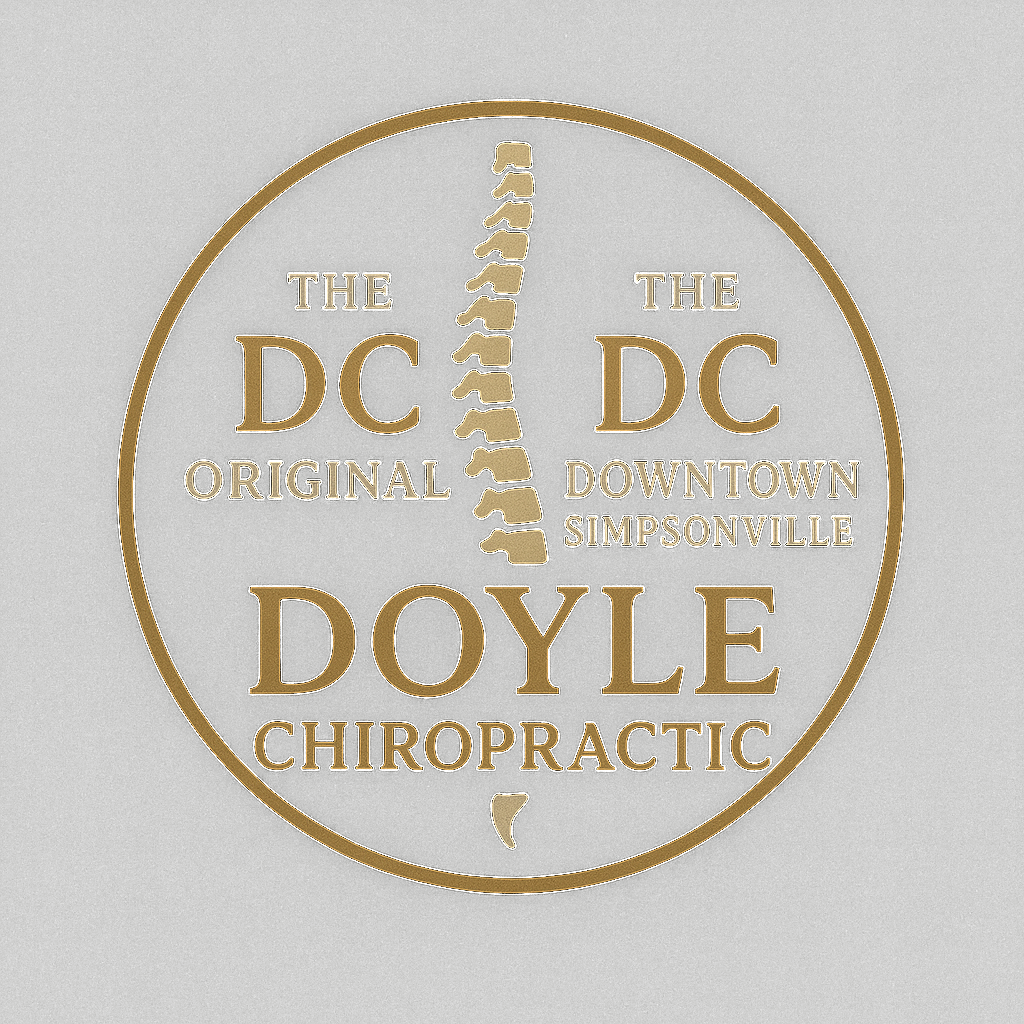Overview of Symptoms
- Pain lifting or lowering the arm
- Sharp pain with reaching behind the back or overhead
- Dull ache deep inside the shoulder or upper arm
- Pain sleeping on the affected side
- Grinding, popping, catching, or “slipping” sensations
- Weakness when lifting, pushing, or carrying
- Pain that radiates into the upper arm or down toward the elbow
- Stiffness or limited range of motion
- Pain triggered by posture, driving, desk work, or repetitive activities
- Numbness, tingling, or loss of sensation in the hand when shoulder mechanics affect nerve pathways
How Chiropractic Can Help
- Restores proper alignment of the shoulder blade (scapula) and upper thoracic spine
- Corrects posture imbalances that cause the humeral head to shift forward, down, or inward
- Reduces pressure on the rotator cuff tendons and improves joint mechanics
- Identifies whether the pain is coming from the joint, tendons, nerves, or cervical spine
- Reduces inflammation and muscular tension in the rotator cuff and stabilizers
- Improves nerve flow from the neck to the shoulder and arm
- Helps restore symmetry between the left and right shoulder complexes
- Reduces long-term stress that leads to tendon wear, bursitis, and arthritic changes
Recommended Therapies for Spondylolisthesis
Chiropractic Adjustments
- Restore normal motion in the cervical, thoracic, and scapular regions
- Improve humeral head position to reduce joint compression
- Help balance posture and upper-body alignment
Laser Therapy (Erchonia Class II & Class IV Summus)
- Reduces inflammation in the rotator cuff, biceps tendon, and joint capsule
- Speeds healing of tendon and ligament injuries
- Helps calm nerve irritation that radiates into the arm
Shockwave Therapy
- Breaks up scar tissue in chronically irritated tendons
- Excellent for supraspinatus tears, tendinosis, and calcific tendonitis
- Improves mobility and reduces deep shoulder pain
Cervical Decompression
- Helps when shoulder pain comes from C5/C6/C7 nerve compression
- Opens nerve pathways to reduce numbness and tingling into the hand or fingers
Posture Correction & Ergonomic Coaching
- Addresses thoracic rounding, forward shoulders, and slouched posture
- Helps prevent ongoing overload to the shoulder joint
- Restores proper mechanics for work, driving, lifting, and daily life
A Special Note for Patients With Prior Spinal Surgery
At Doyle Chiropractic, we routinely help patients who have had orthopedic or spine surgeries — rotator cuff repair, shoulder decompression, labrum repair, spinal fusion, discectomy, and more. Many people believe they “can’t see a chiropractor” after surgery, but that simply isn’t true.
We always begin with a thorough exam and full spinal X-rays (when appropriate) to ensure safety and precision. While techniques may differ from what you’ve seen online or experienced pre-surgery, there is always a safe, effective way to help — whether through gentle adjustments, laser therapy, shockwave therapy, decompression, or PEMF.
NERDS ONLY — The Deep Explanation Behind Spondylolisthesis
The shoulder is often misunderstood because people assume it functions like the hip. Both the humerus and femur have rounded “heads,” but that’s where the similarity ends. The hip socket completely surrounds the femoral head, creating a deep, stable ball-and-socket joint.
The shoulder?
Not even close.
The humeral head does NOT sit inside a true socket.
Instead, it rests on a shallow bony plate (the glenoid) supported by:
- A thick labrum on the backside
- A thin capsule, muscles, and ligaments on the front side
This design gives the shoulder incredible mobility — but also makes it extremely vulnerable to positional drift.
When posture breaks down, especially with:
- rounded shoulders,
- slumped sitting,
- desk/computer work,
- long hours driving,
- bra-strap tension,
- or heavy breast tissue pulling downward…
…the humeral head slowly shifts forward, downward, and inward.
It usually starts subtly and asymmetrically.
In fact, you can often see the imbalance in photographs long before pain begins — one shoulder sits higher and the other sits lower.
This creates a domino effect:
1. One shoulder works much harder than the other
A great example is driving:
If the left shoulder is elevated and the right shoulder is depressed, the right arm must work HARDER just to reach the same steering wheel height.
2. The muscles stop working in symmetry
Your body is designed for perfect left–right balance.
You have the same muscles, bones, and ligaments on each side.
But asymmetry forces one side to compensate constantly.
3. These compensations wear down the shoulder
- Over months or years, these imbalances cause:
- inflammation of the rotator cuff tendons
- early arthritic changes in the AC joint
- chronic tightening of the pecs, deltoids, and upper traps
- stretching/weakening of the stabilizing muscles
- abnormal grinding inside the joint
- nerve irritation that travels into the arm or hand
4. Pain, numbness, and weakness eventually follow
When the mechanics break down far enough, the shoulder begins to “catch,” grind, or hurt with daily motions. Pain becomes sharp, persistent, or radiating.
Numbness or tingling in the fingers?
Often a nerve issue from the neck or shoulder mechanics, not just a hand problem.
Shoulder degeneration is not random — it is the predictable result of long-term asymmetry and posture breakdown.
The good news?
The shoulder can recover extraordinarily well once:
- posture improves,
- scapular position is corrected,
- the humeral head is re-centered,
- tissues are healed with laser and shockwave, and
- spinal alignment is restored.
If you’re still reading — yes, you’re officially one of our favorite “nerds.”
And that means you’ll get phenomenal long-term results because you understand the mechanics behind your pain.
Get Neuropathy Treatment Today
If you suffer from neuropathy, contact Doyle Chiropractic at (864) 881-4221 to schedule an appointment. Our dedicated team is here to help you achieve lasting pain relief and better health. Visit our clinic in Simpsonville, SC, and experience the difference our specialized care can make.


